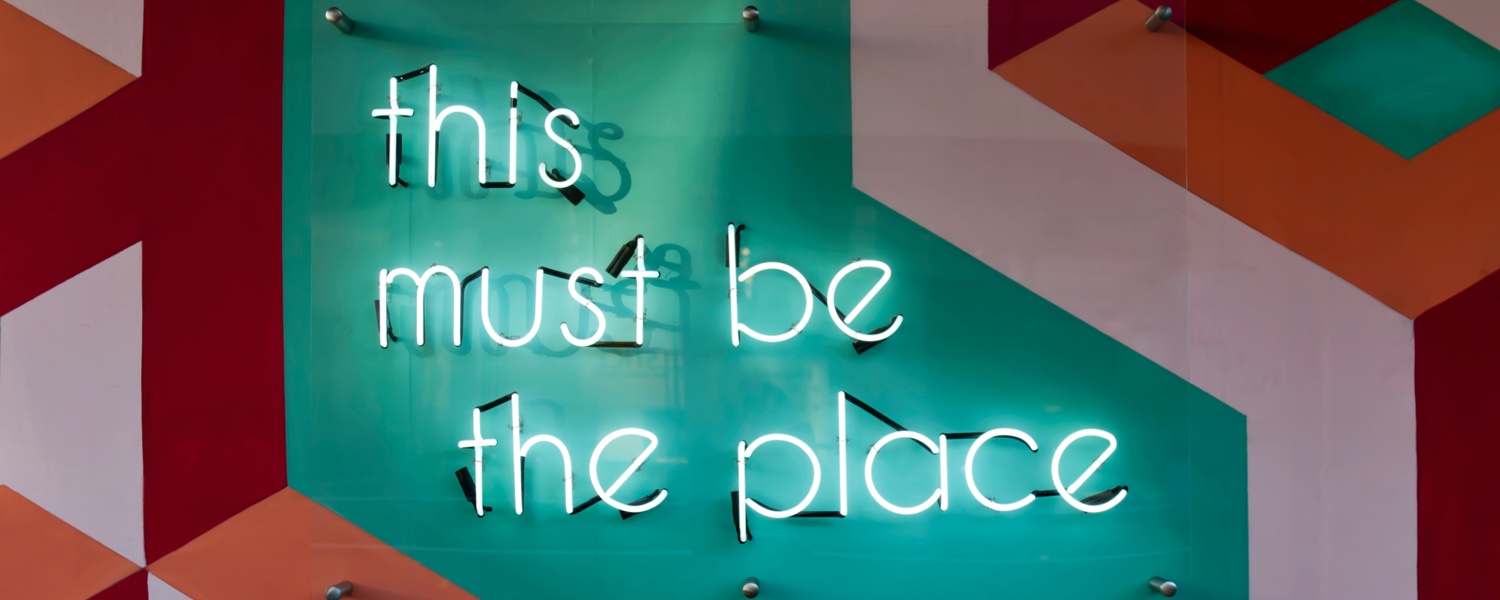
The business case for good design
It's almost become a reflex at this point.
My timeline was abuzz, I clicked, I saw, I ooh-ed, and aah-ed. I scrolled up and down, viewed source, and wondered, 'How?'
Stripe had announced the first of two new products in a week, and with that came another beautiful landing page. I mean look at this thing:
The How I used to wonder about was how they achieved the smooth animations and subtle visual details that made their landing pages come alive. Some day prior, I had seen this tweet noting that Stripe has an entire team dedicated to their fancy landing pages. The 'how' was a team of talented designers and coders working together to produce pages that presented products in a way that makes you go, 'Wow!'
The Why of it eluded me as I looked at their latest production. Why dedicate an entire team to what's essentially a marketing page? I turned to my company's design channel in Slack and asked a somewhat naive question:
I wonder about the ROI on all these fancy Stripe landing pages. If folks are dedicated to these things, I wonder if the juice is worth the squeeze.
You might be thinking "Duh! Of course design is important! Good design is good business!"
And you wouldn't be wrong.
What followed in that Slack channel was a discussion that outlined several examples of exactly how good design positively impacts a business. Here's what my team talked about:
Good design creates trust
When a company constantly thinks about design, it usually signals that they're bringing thoughtfulness to everything they do. Whether it's the products themselves, the design, supporting customers, etc… that thinking pervades across how they work and what they put out.
It shows the company cares and sweats the details. It tells folks they can buy with confidence. "Of course I'll want the next iPhone because my last one was great and if there's ever a problem, I know Apple will make it right."
Lots of folks innately trust Stripe because of the care they put into their messaging, including their landing pages.
Good design is free advertising
Taking this thought a step further, good design creates free advertising. It creates fans and brand advocates.
In Stripe's case, the design of the landing page is so good that the page itself becomes the marketing. When this happens, companies don't have to buy as many ads or invest as much in PR / advertising campaigns. The buzz created by Stripe's landing page design shoulders some of this burden.
My twitter feed has more discussion re Stripe than re Apple
— Thomas 🍄 (@__tosh) September 10, 2019
Stripe announced credit cards on the same day as an Apple event and still dominated social media. Every designer in the industry told you about Stripe's new corporate credit cards.
Good design is a differentiator
Entire companies are formed as wrappers for better UX. Nest Thermostats, Simple Bank, Square's POS systems are all examples. Look at Target in the 90s: They were a Walmart / Kmart ripoff until they started investing in design. Now look at them.

Companies realize the need to strengthen the design of their products to compete. If two companies do the same thing, the quality of their design can be the deciding factor for consumers.
Look at Square and Stripe: both have products with strong branding. Neither is much different than their competition (Stripe and Braintree are basically the same thing), so design is how they stand out. Which leads me to my next point…
Good design has good ROI
Nowadays people have higher standards for the products, tools, and services they use. Some even veto tools based on poor UI or UX design. At Stack Overflow, we're doing this in our project management tool audit. We may very well have products that check all our functional boxes, but if they don't feel good to use, they're out! I've also done this in my personal life, dropping Bank of America for Simple.
Companies realize they can gain a competitive advantage by producing better downstream user experiences. Good design goes beyond introducing something "functional" into the market. Good design makes a difference to anyone who directly or indirectly interacts with the product. Good design makes users engage with the product more often, giving them more value, and creating more value for the company.
Good design is a recruiting tool
Good design also signals a healthy product culture to job seekers. Just as Google gives away AI research and Microsoft invests in open source, good design increases the size of a company's hiring pool by attracting designers who are looking for a job.
How many more designers and developers found their home at Microsoft after it stopped fighting web standards and started pushing them forward? How many saw the Stripe's landing pages and wanted to work there?
Great design not only makes your users fans of the product, but it improves the company's public image in the eyes of job seekers.
Conclusion
Organizations become more competitive when they deliver better-designed products and services. Good design gives companies a new approach to increase competitiveness and attain critical business objectives.
UX strategies add a new tool to the business toolbox: the power of well-designed products and services. - Jared Spool
A big thank you to Aaron Shekey, Talal Sarwani, Will Cole, and Kezia Frayjo for helping me find the words for this article.
Also published at https://medium.com/@tedgoas/the-business-case-for-good-design-31356308f10a
